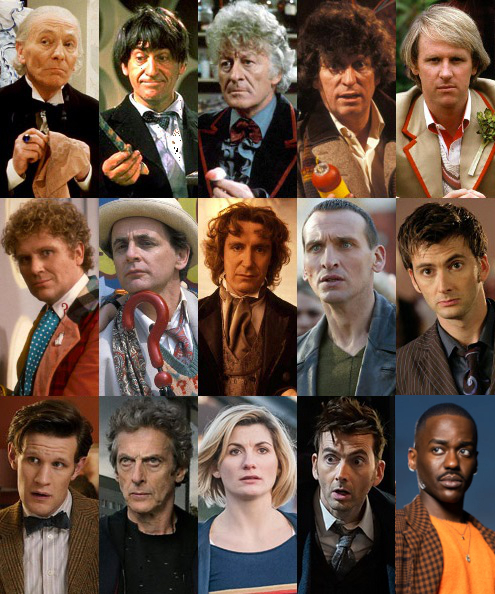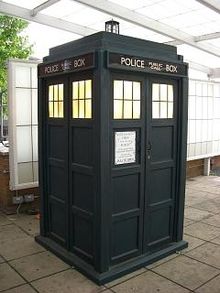Discuss
then phenomonem of digital media convergence in relation to advertising
and new media
Media and advertising are intrinsically linked, you can’t go anywhere
online or in person without being subjected to advertising. Companies are constantly looking for new ways
to advertise to “distracted, distrustful and disinterested consumers”
(Spurgeon, 2008). Convergent digital media is one way these companies are
addressing the issue. ‘Long tail’ and ‘Madison and
Vine’ have both “contributed to rapid changes” and “stimulated rapid growth” in
new ways of advertising (Spurgeon, 2008). These changes have helped to
establish the new myriad of methods by which digital medium are used to
advertise.
Today’s audience has access to more technology, which changes the
way viewers access their shows. Thanks to this advancing technology viewers are
given a wider range of mediums to enjoy a particular content. “Convergence
between broadcasting services and telecommunication services and provisioning
of rich media services are two major requirements that recent mobile broadcast
TV services try to satisfy” (Lee, 2008). This has meant that medium have had to share
the limelight as it were, but this allows for more advertising opportunities.
This will be discussed further using the popular Doctor Who series (a famous regenerating alien, played so far by 11 actors) as our lead
example.
Digital Convergence is the meeting of all different medium on
which a particular text appears, such as television show or an ad. “Convergence
is never just a technology process, but it is implicated in and expressed as
profound and ongoing social, cultural and economic change” (Dwyer, 2008). This
means that convergence is the social acceptance and thereafter a continuation
of that change, permanently altering things. The old remains but not without
making space for a lot of the new. This is a main concern of the modern advertising
agencies and companies who’re trying to sell their products to wider, and more
elusive, audiences. “Convergence between
broadcasting services and telecommunication services and provisioning of rich
media services are two major requirements that recent mobile broadcast TV
services try to satisfy” (Lee, 2008).
Digital convergence has altered the way people consume media, and
therefore changed the battlefield for advertising. This allows for a wide range
of media for advertising, such as social networking sites like facebook and
twitter, websites, magazines, traditional tv channels, radio, newspapers, and
others, but it also needs to consider that this is an essential change, not
optional. If a station were to advertise its new show on television only, it would
first need to consider the change in the average number of viewers. In a
lecture, MAS110 ‘Music Video’, presented at Macquarie University, Sydney, on 15
August 2012, Dr. Liz Giuffre cited that: “these days one million watchers for
one tv show is good”. Compare this to Doctor Who’s 12-14 million weekly viewers
during it’s prime years (Perryman,
p23, 2008).
This alone shows how different the media platforms of today are,
compared to previous decades. Consider the advertising power that exists
for Doctor Who, if every item of it’s broadcast also doubles as an
mini-advertisement. My T-shirt reminds you to buy the DVD that your mother
watches and prompts her to buy the tie-in book series, which she reads to your
godson who becomes another life long fan. Like the Tardis, it’s bigger on the
inside.
Doctor Who is a good case of modern day convergent media
advertising. The television show is only the start. A monthly magazine keeps
viewers in the loop behind the scenes, and two shows have sprouted off to
expand the Dr Who universe, Torchwood and the Sarah Jane adventures. The DVD
sets of the modern and classic series are at all ABC shops, as well as video
games, toys and even clothing, just to
name a few.
Like in the example given by Jenkins (2006) of Bert and Osama Bin Laden, media can collide to make us think of
something else when we see something mundane. Similarly whenever someone sees a
Police Box the most common thought is ‘Doctor Who’. What used to advertise the
police has become an avatar for the English sci-fi character and show.
From this we see that Doctor Who has grown into a multi medium
juggernaut, where it’s possible to reach potential audiences everywhere. The
issue is then that the viewers must be reached by these means, seeing the
latest consumer trends don’t follow that ‘television is king’. Spurgeon (2008)
states “many large national and transnational advertisers are dissatisfied with
the uncertain performance of ‘old media’.
With the last decade’s explosion of technological platforms, access
to content has likewise increased. The concept of “watching” a show, or being a
consumer of it, has changed radically. Technology has sprouted the platform
into a many petaled flower, all petals of which the watcher consumes from. Dr
Who’s multi platform story highlights a current leading trend in this new
method of wide digital broadcast, and sets the agenda for future successful
shows to follow.
References
Dwyer, T 2010, Media Convergence, McGraw Hill, Berkshire, pp 1-23.
Jenkins, H, 2006, Convergence Culture: where old and new media collide, NY University Press.
Lee, B-D, Member , Song, J, and Nam, Y-K, 2008, ‘Converged Mobile TV services supporting rich media in cellular and DVB-H systems, Institute of Electronics Electrical Engineers (IEEE), pp 1091-1097.
Perryman, N, 2008, ‘Doctor Who and the convergence of media: a case
study in Transmedia Storytellig’, Sage Publications, vol 14(1): 21-39.
Spurgeon, C, 2008, Advertising and new media, Oxon, Routledge, pp 24-45.
http://geekgems.com/images/doctor-who-gifts.jpg
http://upload.wikimedia.org/wikipedia/commons/thumb/8/8f/TARDIS1.jpg/220px-TARDIS1.jpg
http://upload.wikimedia.org/wikipedia/en/8/80/Versions_of_the_Doctor.jpg
Amy Smart 42778468




No comments:
Post a Comment